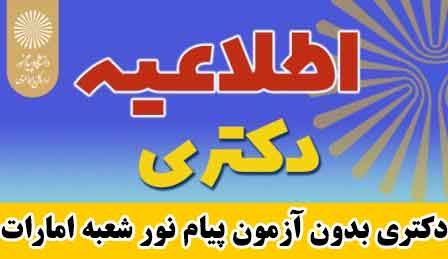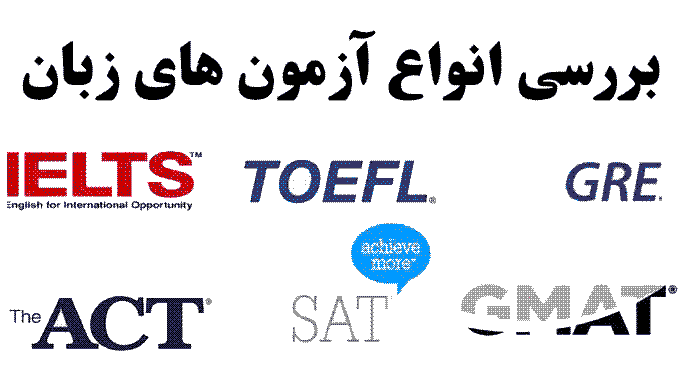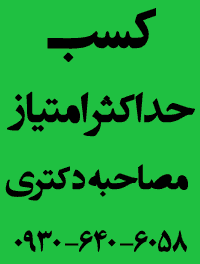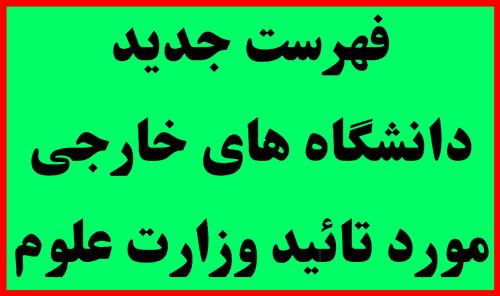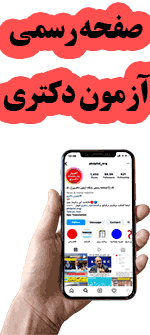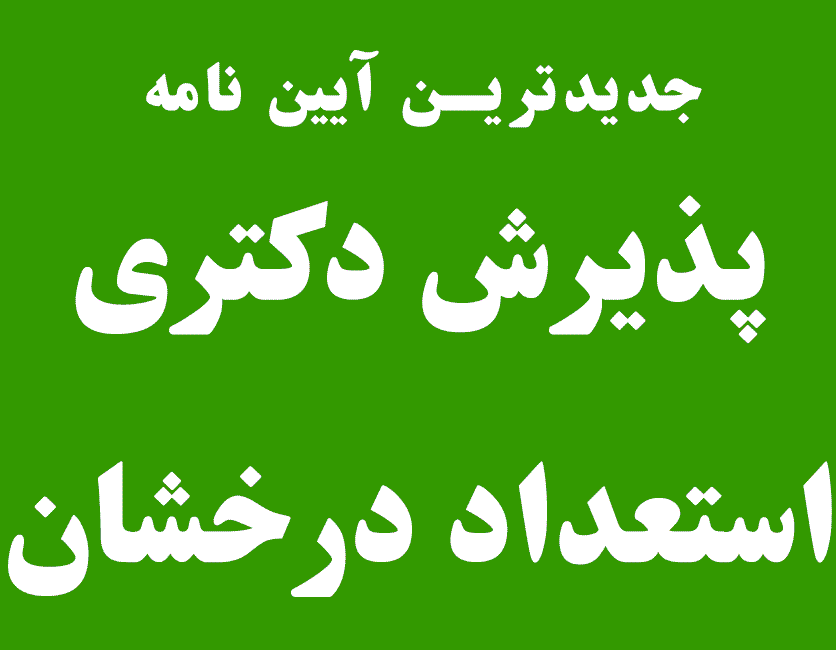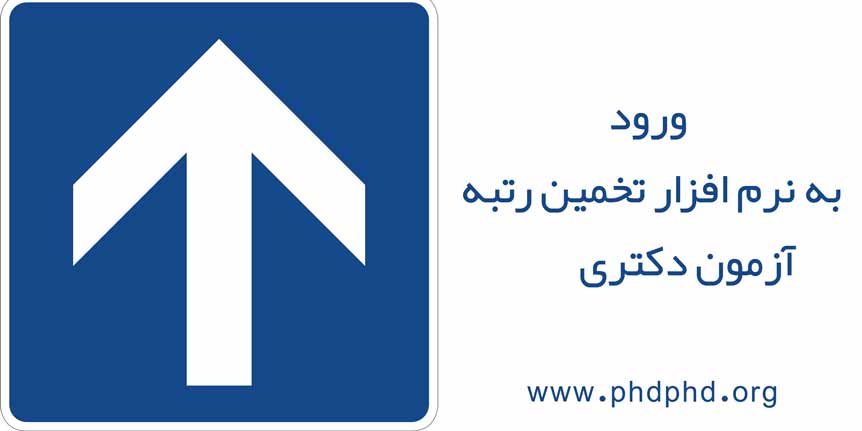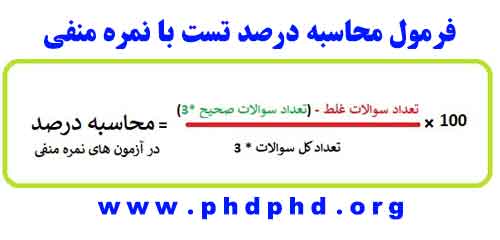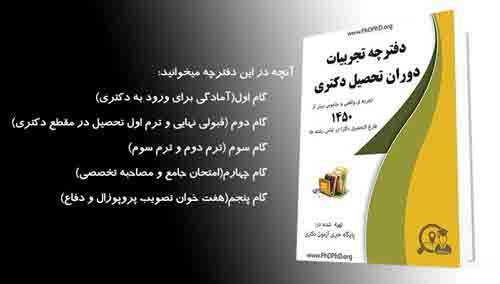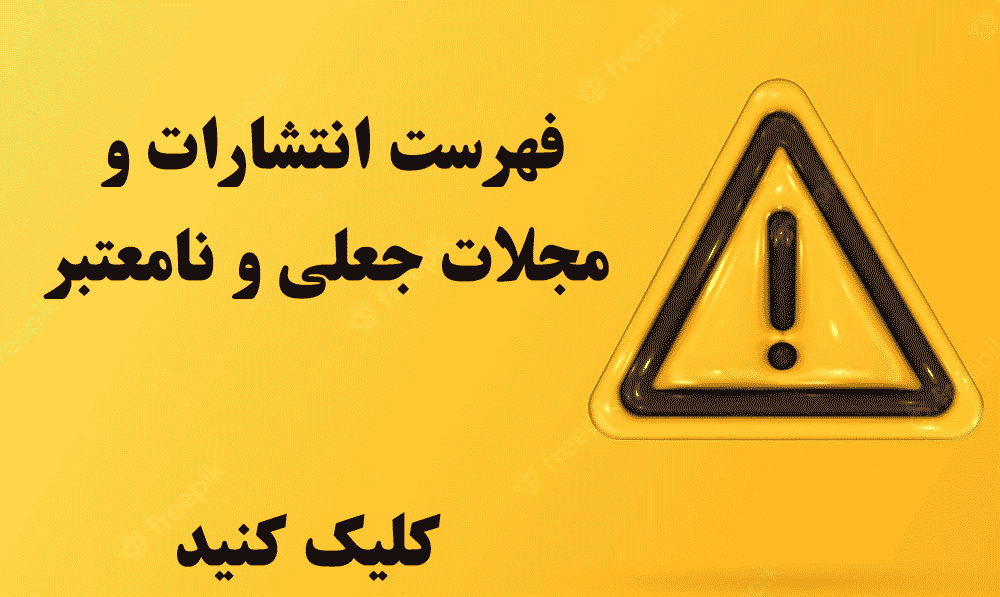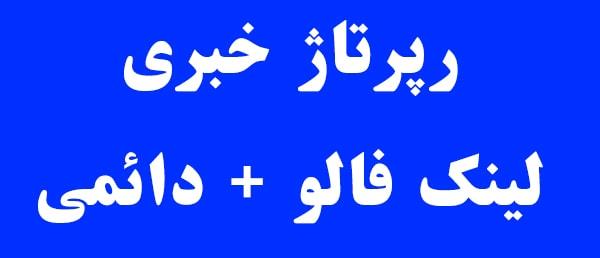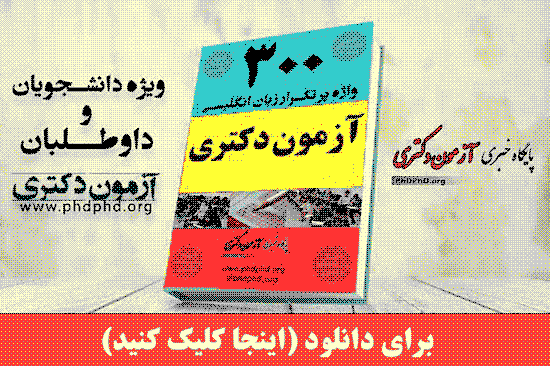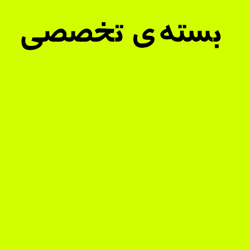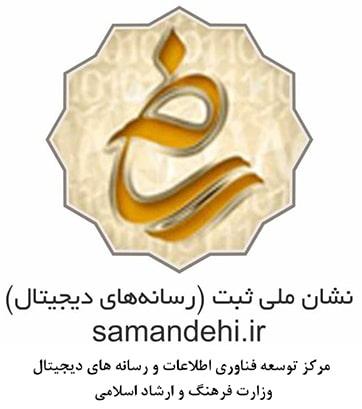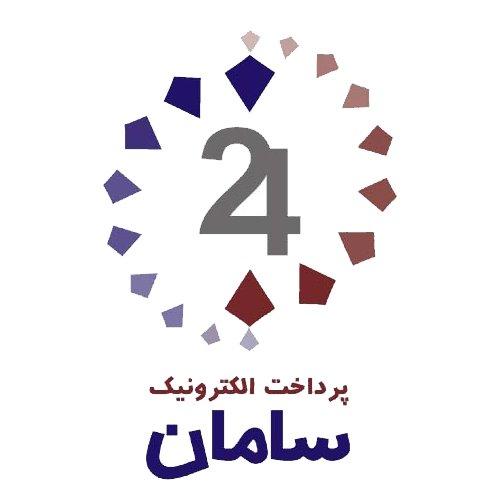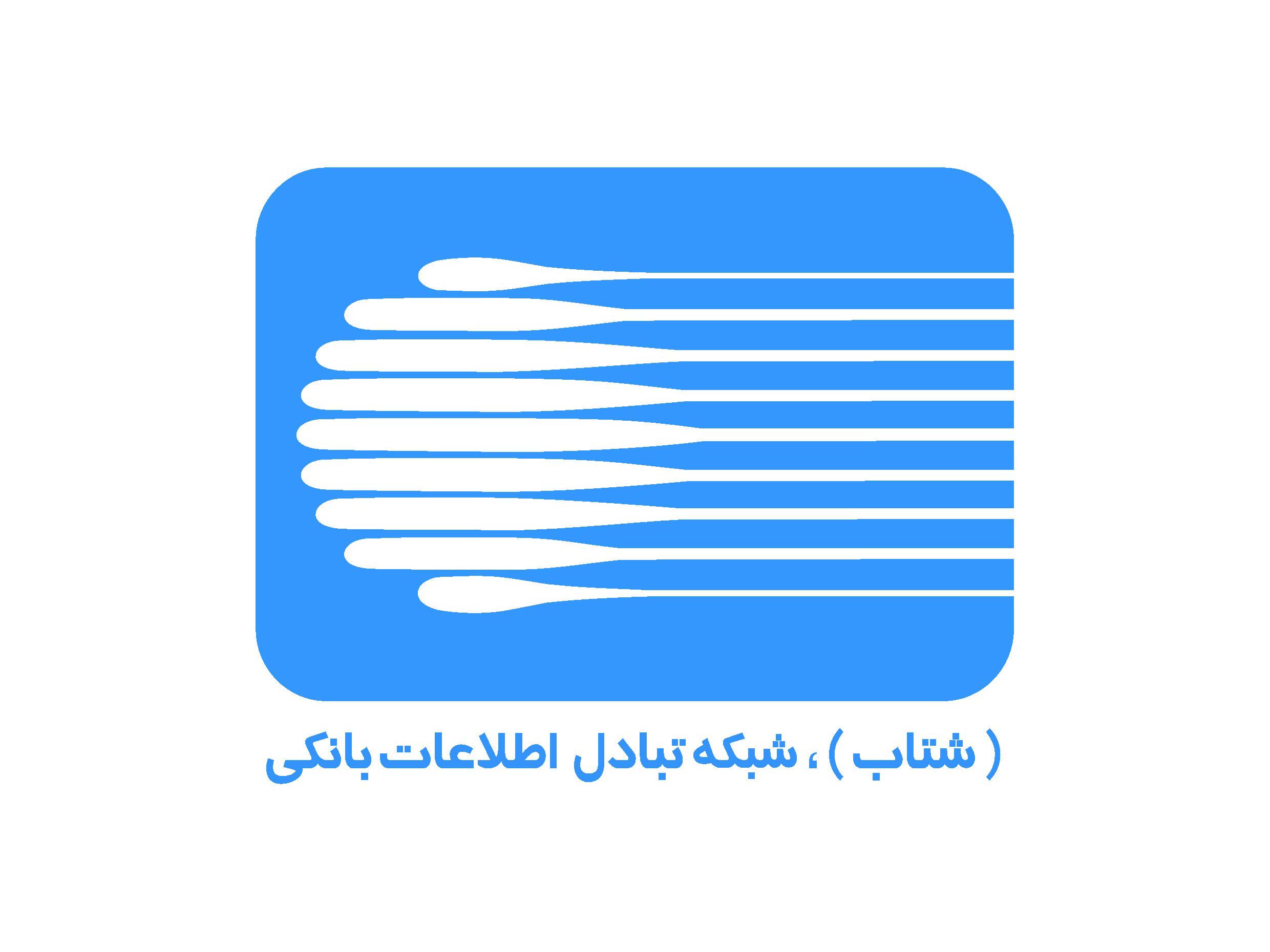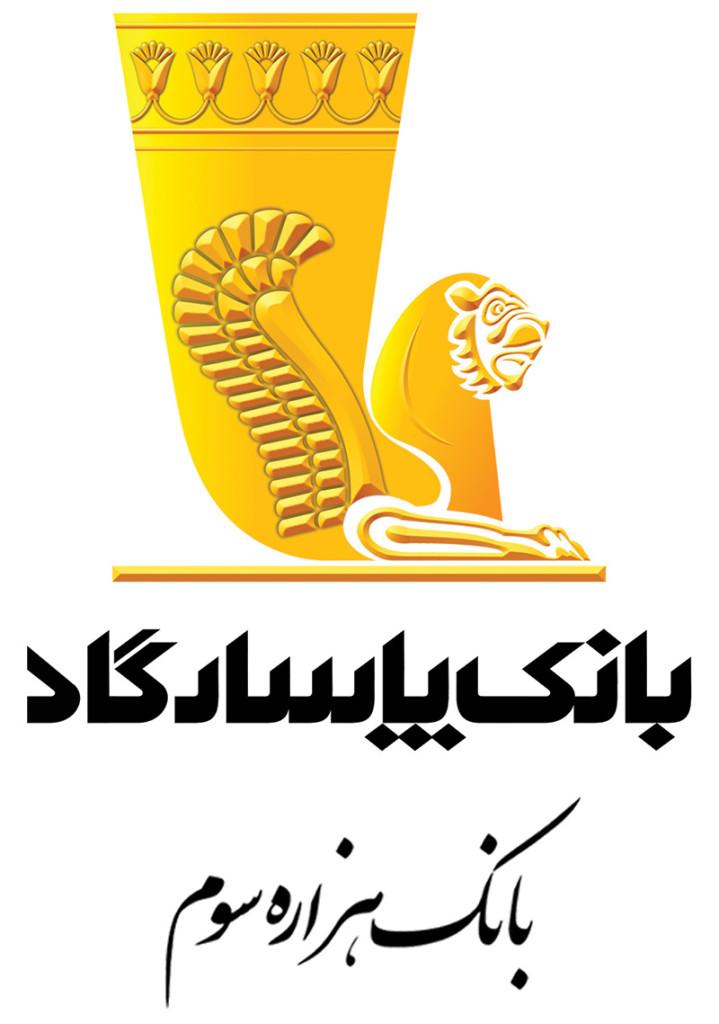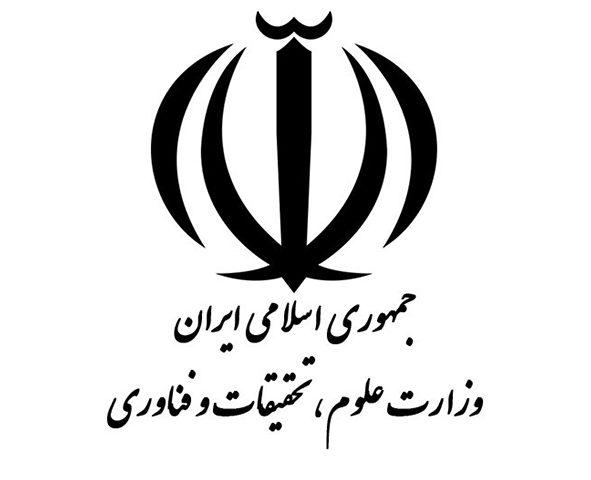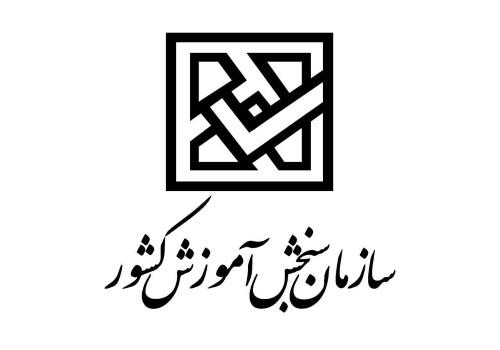تاریخ بروزرسانی : 1402/07/13
سرفصل های درس زبان شناسی


نام بسته درسی : درس زبان شناسی
———————————————————-
فهرست:
Chapter 1: Writing🔴
Chapter 2 :Phonetics and phonology🔴
Chapter 3 :Word-formation and Morphology🔴
Chapter 4 :Semantics & Pragmatics🔴
M.A Questions : state – run University🔴
M.A Questions : Islamic Azad University🔴
بخش هایی از بسته درس زبان شناسی
برای دریافت نسخه کامل این بسته درسی به 09306406058 پیام دهید.
Chapter 1: Writing
There are many legends and stories about the invention of writing. Greek legend has it that Cadmus, Prince of Phoenicia and founder of the city of Thebes, invented the alphabet and brought it with him to Greece. In one Chinese fable, the four-eyed dragon-god Cang Jie invented writing, but in another, writing first appeared as markings on the back of the chi-lin, a white unicorn of Chinese legend. In other myths, the Babylonian god Nebo and the Egyptian god Thoth gave writing as well as speech to humans. The Talmudic scholar Rabbi Akiba believed that the alphabet existed before humans were created, and according to Hindu tradition the Goddess Saraswati, wife of Brahma, invented writing.
Although these are delightful stories, it is evident that before a single word was written, uncountable billions were spoken. The invention of writing comes relatively late in human history, and its development was gradual. It is highly unlikely that a particularly gifted ancestor awoke one morning and decided “Today I’ll invent a writing system.”
Pictograms and Ideograms
The roots of writing were the early drawings made by ancient humans. Cave art, called petroglyphs, such as those found in the Altamira cave in northern Spain, created by humans living more than 20,000 years ago, can be “read” today. They are literal portrayals of life at that time. We don’t know why they were produced; they may be aesthetic expressions rather than pictorial communications. Later drawings, however, are clearly “picture writings,” or pictograms. Unlike modern writing systems, each picture or pictogram is a direct image of the object it represents. There is a non-arbitrary relationship between the form and meaning of the symbol. Comic strips minus captions are pictographic— literal representations of the ideas to be communicated. This early form of writing
represented objects in the world directly rather than through the linguistic names given to these objects. Thus they did not represent the words and sounds of spoken language.
Pictographic writing has been found throughout the world, ancient and modern: among Africans, Native Americans including the Inuits of Alaska and Canada, the Incas of Peru, the Yukagirians of Siberia, and the people of Oceania. Pictograms are used today in international road signs, where the native language of the region might not be understood by all travelers.
Once a pictogram was accepted as the representation of an object, its meaning was extended to attributes of that object, or concepts associated with it. A picture of the sun could represent warmth, heat, light, daytime, and so on. Pictograms began to represent ideas rather than objects. Such generalized pictograms are called ideograms (“idea pictures” or “idea writing”).
The difference between pictograms and ideograms is not always clear. Ideograms tend to be less direct representations, and one may have to learn what a particular ideogram means. Pictograms tend to be more literal. For example, the no parking symbol consisting of a black letter P inside a red circle with a slanting red line through it is an ideogram. It represents the idea of no parking abstractly. A no parking symbol showing an automobile being towed away is more literal, more like a pictogram.
Inevitably, pictograms and ideograms became highly stylized and difficult to interpret without knowing the system. To learn the system, one learned the words of the language that the ideograms represented. Thus the ideograms became linguistic symbols. They stood for the words, both meaning and sounds, that represented the ideas. This stage was a revolutionary step in the development of writing systems.
Cuneiform Writing
Much of what we know about writing stems from the records left by the Sumerians, an ancient people of unknown origin, who built a civilization in southern Mesopotamia (modern Iraq) more than 6,000 years ago. They left innumerable clay tablets containing business documents, epics, prayers, poems, proverbs, and so on. So copious are these written records that the Pennsylvania Sumerian Dictionary
Project has been able to publish electronically an eighteen-volume online dictionary of their written language. It has been available since June 2006. The writing system of the Sumerians is the oldest one known. They were a commercially oriented people, and as their business deals became increasingly complex, the need for permanent records arose. An elaborate pictography was developed, along with a system of tallies.
Over the centuries the Sumerians simplified and conventionalized their pictography. They began to roduce the symbols of their written language by using a wedge-shaped stylus that was pressed into soft clay tablets. The tablets hardened in the desert sun to produce permanent records that were far hardier than modern paper or electronic documents. Had the original American Declaration of Independence been written this way, it would not be in need of restoration and preservation. This form of writing is called cuneiform—literally, “wedgeshaped” (from Latin cuneus, “wedge”).
The cuneiform symbols in the third column do little to remind us (or the Sumerians) of the meaning represented. As cuneiform evolved, its users began to think of the symbols more in terms of the name of the things represented than of the things themselves. Eventually cuneiform script came to represent words of the language. Such a system is called logographic, or word writing. In this oldest type of writing system, the symbol stands for both the word and the concept, which it may still resemble, however abstractly. Thus logograms, the symbols of a word-writing system, are ideograms that represent in addition to the concept, the word or morpheme in the language for that concept.
The cuneiform writing system spread throughout the Middle East and Asia Minor. The Babylonians, Assyrians, and Persians borrowed it. In adopting cuneiform characters, the borrowers often used them to represent the sounds of the syllables in their own languages. In this way cuneiform evolved into a syllabic writing system.
In a syllabic writing system, each syllable in the language is represented by its own symbol, and words are written syllable by syllable. Cuneiform writing was never purely syllabic. A large residue of symbols remained that stood for whole words. The Assyrians retained many word symbols, even though every word in their language could be written out syllabically if it were desired.
The Rebus Principle
When a graphic sign no longer has a visual relationship to the word it represents, it becomes a phonographic symbol, standing for the sounds that represent the word. A single sign can then be used to represent all words with the same sounds—the homophones of the language. If, for example, the symbol ? stood for sun in English, it could then be used in a sentence like My ? is a doctor. This sentence is an example of the rebus principle.
A rebus is a representation of words by pictures of objects whose names sound like the word. The sounds of the two words are identical, even though the meanings are not.
From Hieroglyphics to the Alphabet
At the time that Sumerian pictography was flourishing (around 4000 b.c.e.), the Egyptians were using a similar system, which the Greeks later called hieroglyphics (hiero, “sacred,” + glyphikos, “carvings”).
Eventually, these pictograms came to represent both the concept and the word for the concept. Once this happened, hieroglyphics became a bona fide logographic writing system. Through the rebus principle, hieroglyphics also became a syllabic writing system.
The Phoenicians, a Semitic people who lived in what is today Lebanon, were aware of hieroglyphics as well as the offshoots of Sumerian writing. By 1500 b.c.e., they had developed a writing system of twenty-two characters, the West Semitic Syllabary. Mostly, the characters stood for consonants alone. The reader provided the vowels, and hence the rest of the syllable, through knowledge of the language. (Cn y rd ths?) Thus the West Semitic Syllabary was both a syllabary and a consonantal alphabet (also called abjad).
The ancient Greeks tried to borrow the Phoenician writing system, but it was unsatisfactory as a syllabary because Greek has too complex a syllable structure. In Greek, unlike Phoenician, vowels cannot be determined by context, so a writing system for Greek required that vowels be specifically written. Fortuitously,Phoenician had more consonants than Greek, so when the Greeks borrowed the system, they used the leftover consonant symbols to represent vowel sounds. The result was alphabetic writing, a system in which both consonants and vowels are symbolized. (The word alphabet is derived from alpha and beta, the first two letters of the Greek alphabet.)
Most alphabetic systems in use today derive from the Greek system. The Etruscans knew this alphabet and through them it became known to the Romans, who used it for Latin. The alphabet spread with Western civilization, and eventually most nations of the world had the opportunity to use alphabetic writing.
According to one view, the alphabet was not invented, it was discovered. If language did not include discrete individual sounds, no one could have invented alphabetic letters to represent them. When humans started to use one symbol for one phoneme, they were making more salient their intuitive knowledge of the phonological system of the language.
Alphabetic Writing
Alphabetic writing systems are easy to learn, convenient to use, and maximally efficient for transcribing any human language. The term sound writing is sometimes used in place of alphabetic writing, but it does not truly represent the principle involved in the use of alphabets. The alphabetic writing is a type of writing system in which a set of symbols (letters) represent the important sounds (phonemes ) of a language.
One sound ↔ one-letter is inefficient and unintuitive, because we do not need to represent the [pʰ] in pit and the [p] in spit by two different letters. It is confusing to represent nonphonemic differences in writing because the sounds are seldom perceptible to speakers. Except for the phonetic alphabets, whose function is to record the sounds of all languages for descriptive purposes, most, if not all, alphabets have been devised on the phonemic principle.
پکیج های آمادگی آزمون زبان موجود شده است که نیازی به تهیه پکیج های جداگانه نخواهید داشت ، مباحث بصورت فیلم آموزشی و نکته محور بوده که توسط مدرس تا یکسال پشتیبانی مستقیم خواهید داشت + سوالات جدیدترین آزمون ها با شما تمرین می شود. برای کسب اطلاعات بیشتر پیام دهید 09306406058
پکیج MSRT / پکیج EPT / پکیج Tolimo / پکیج UTEPT / …
مجلات معتبر داخلی و خارجی زبانشناسی

برای مشاوره اینجا بزنید

| |
نوشتههای تازه


